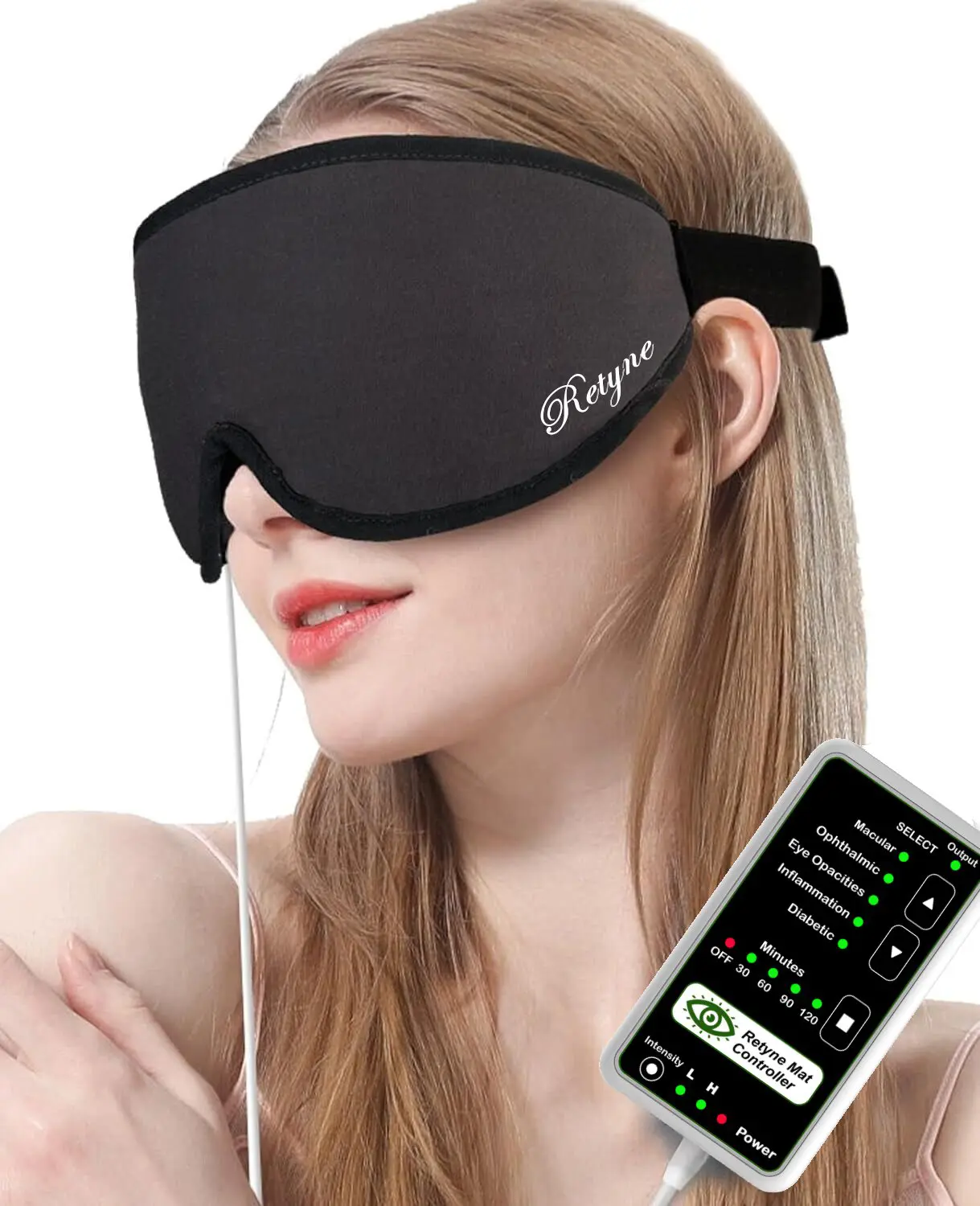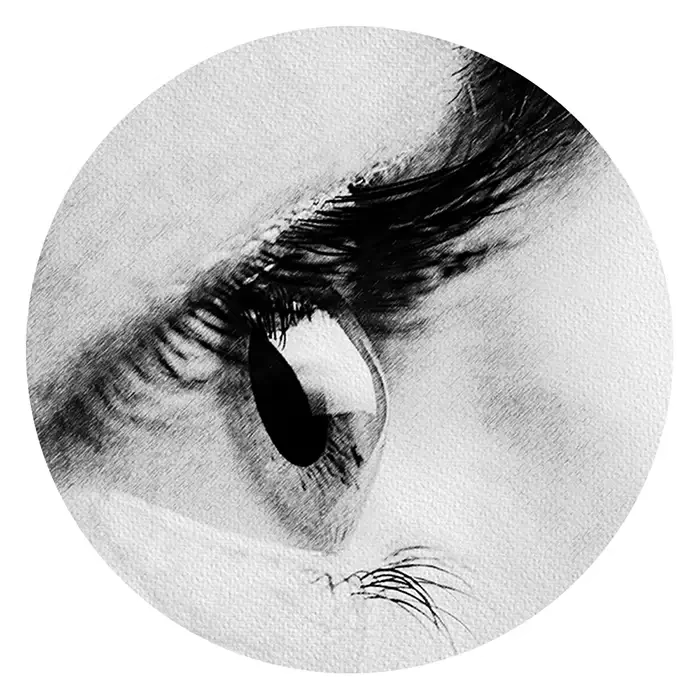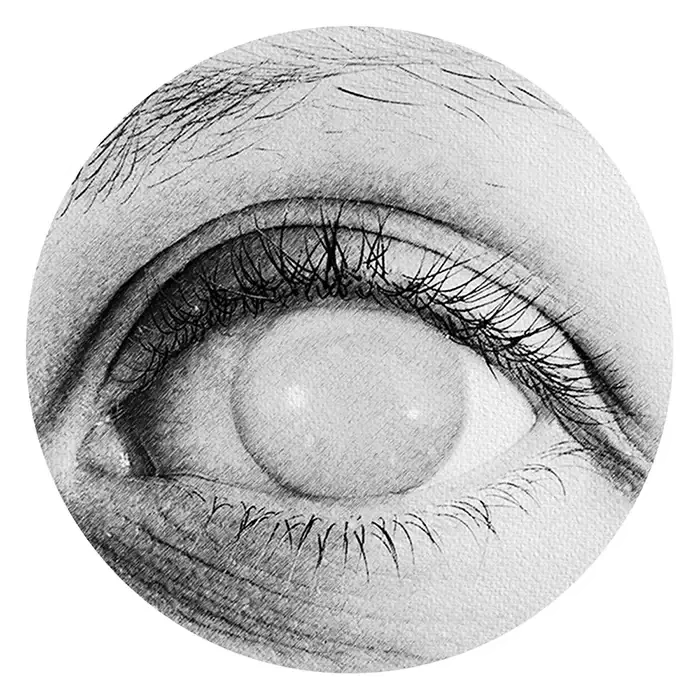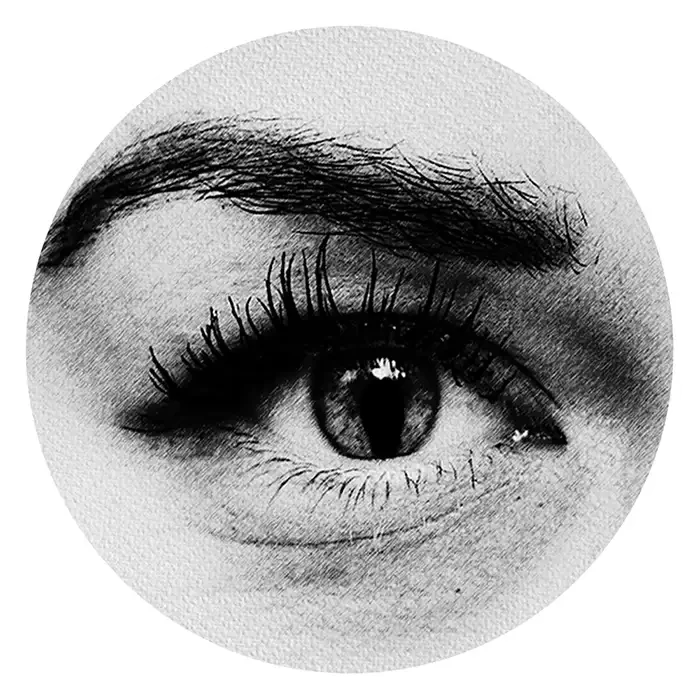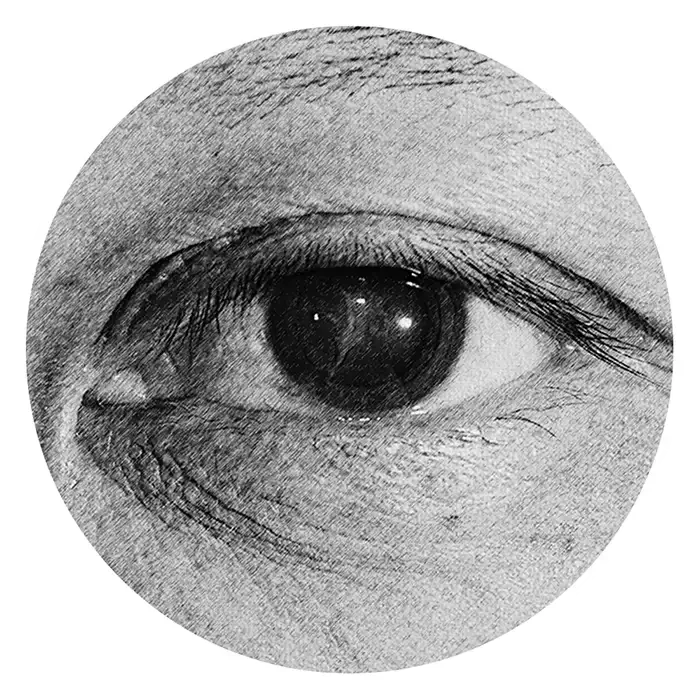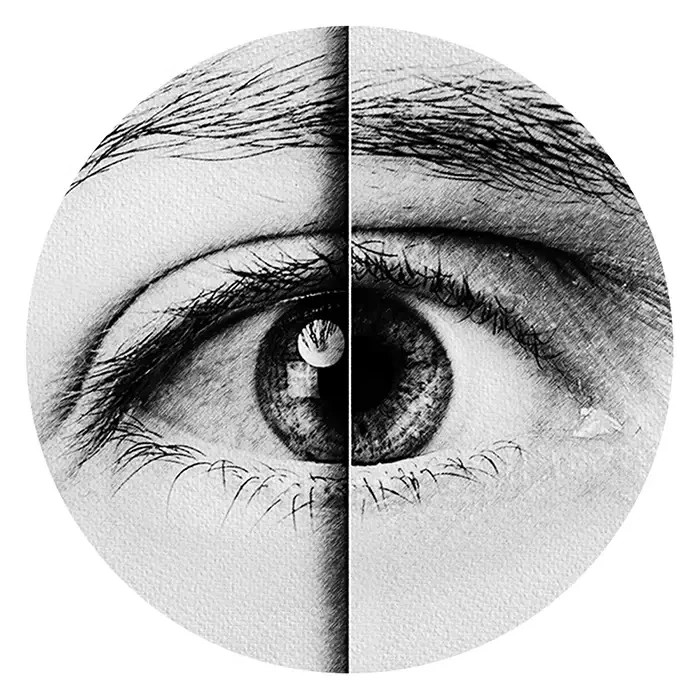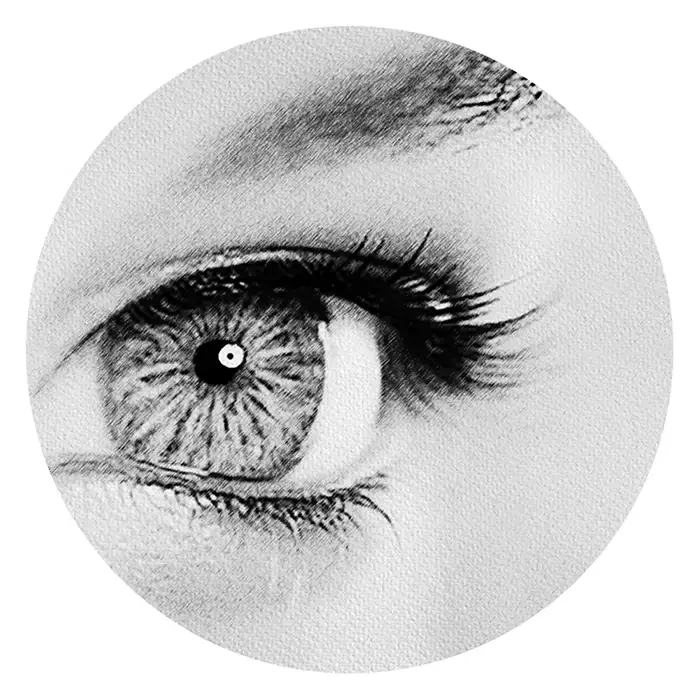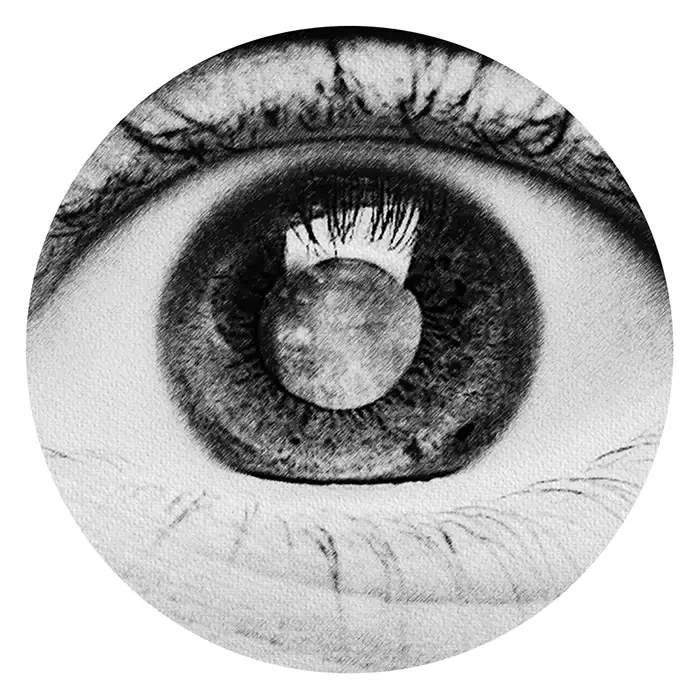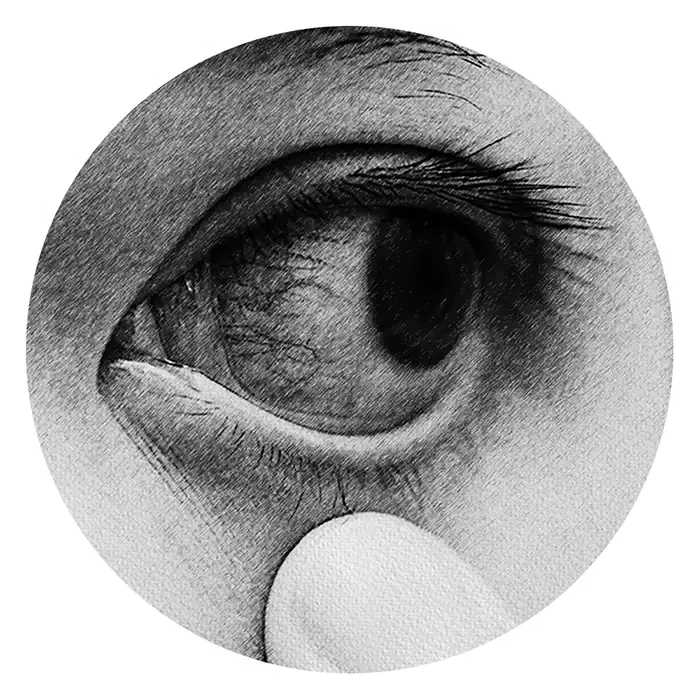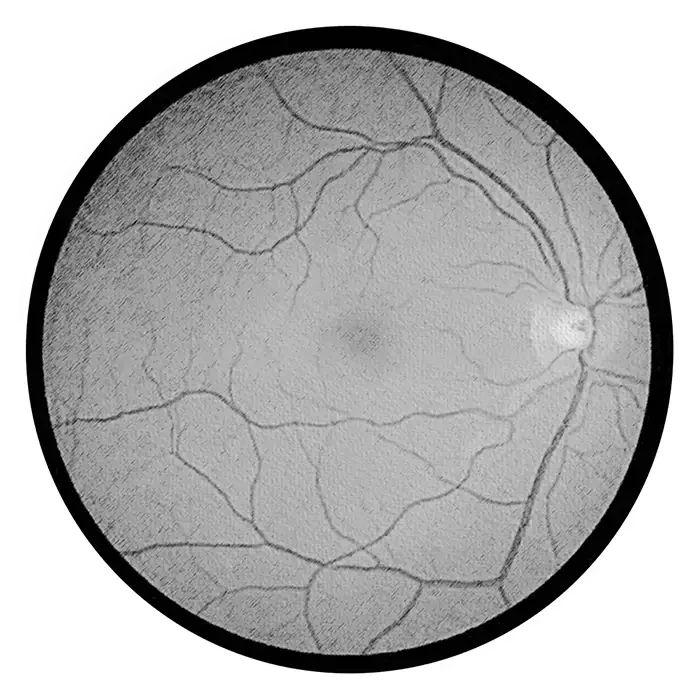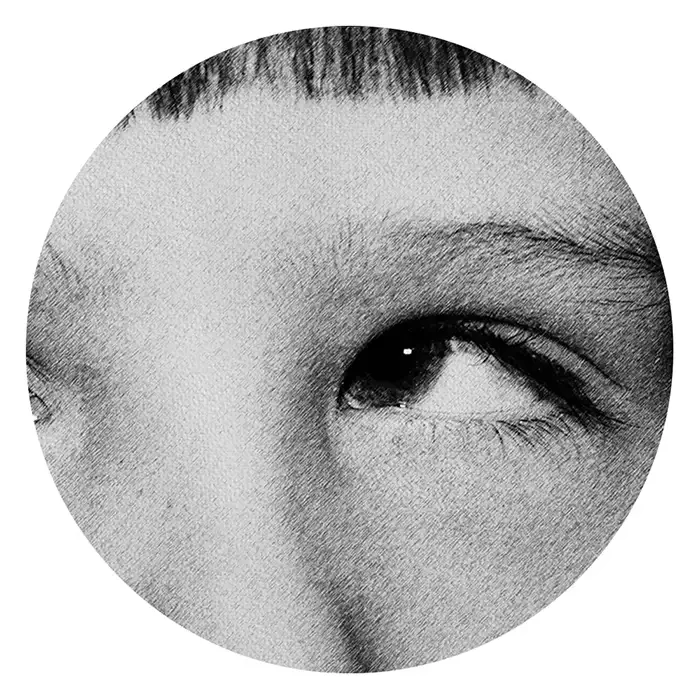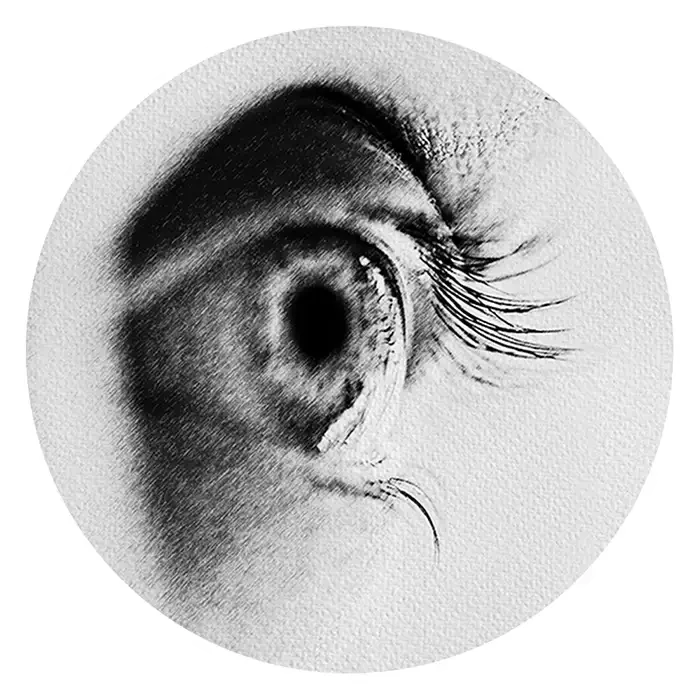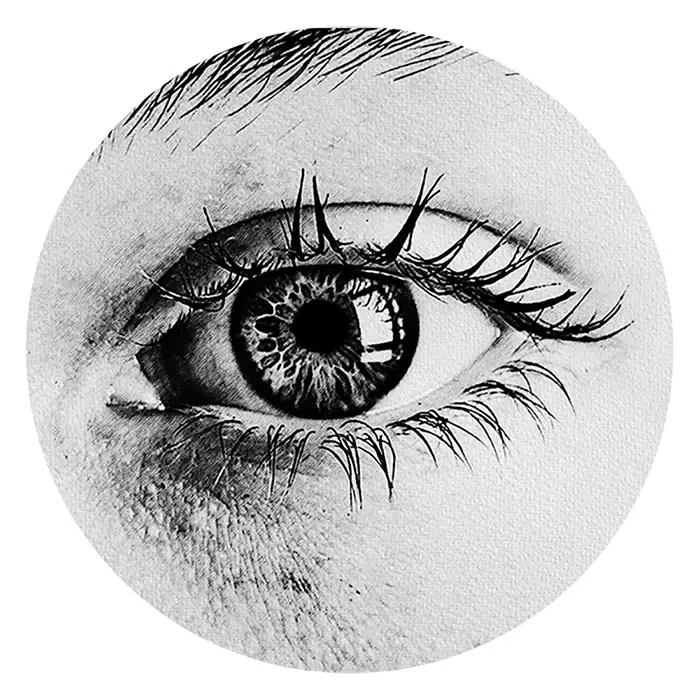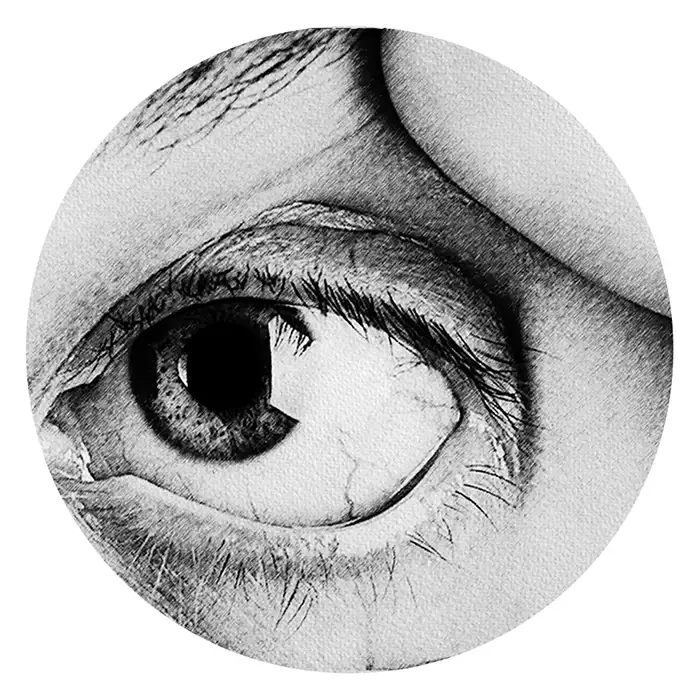Understanding Coloboma: How the Retyne Infrared Eye Treatment Mask Offers Relief
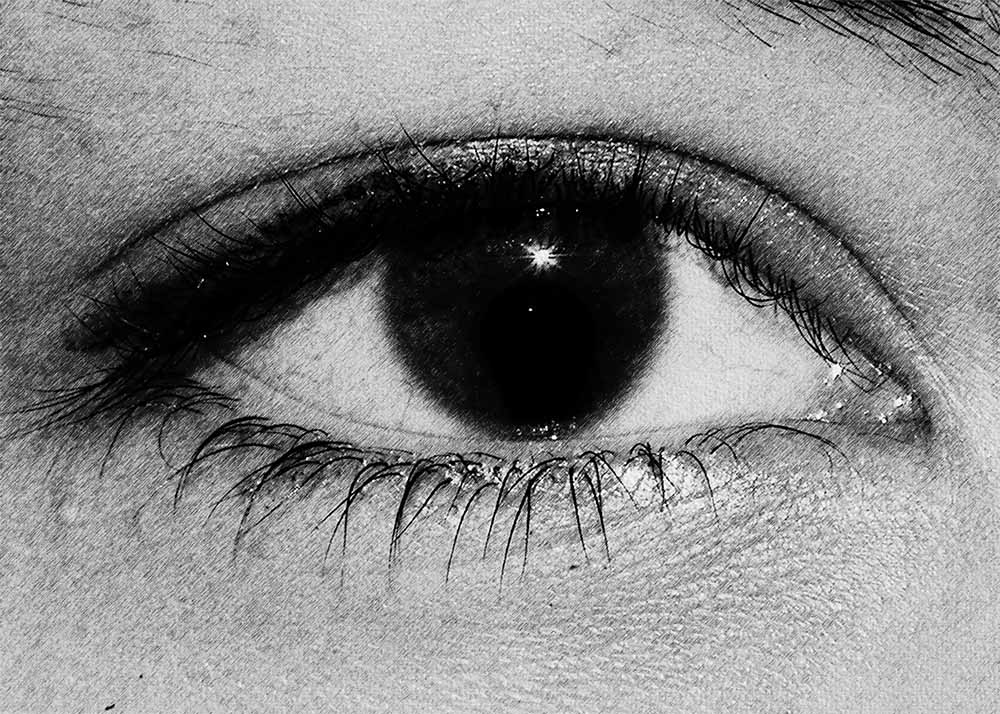
Coloboma, a congenital eye condition characterized by missing tissue in one or both eyes, can significantly impact vision and quality of life. This condition can affect various parts of the eye, including the iris, uvea, lens, retina, macula, and optic nerve, sometimes extending to the eyelids. While some individuals may exhibit no symptoms, others may experience vision impairment, light sensitivity, or even blindness.
Causes and Diagnosis
Coloboma arises from abnormal or mutated genes affecting fetal eye development during pregnancy. Factors such as genetics and environmental influences, like alcohol consumption during pregnancy, may contribute to its occurrence. Diagnosis often occurs at birth through a visual examination, although comprehensive dilated eye exams may be necessary for cases where coloboma isn't immediately apparent.
Although treatment cannot restore missing eye tissue, various interventions aim to optimize vision and address associated challenges:
Correction Aids: Eyeglasses or contact lenses may improve vision, especially for those with refractive errors. Colored contact lenses can also help mask the irregular appearance of the pupil in cases of iris coloboma.
Surgical Options: Surgical procedures, particularly for iris colobomas, can enhance the appearance of the pupil. Patients concerned about the aesthetic aspect of their eyes should discuss surgical options with their eye care provider.
Assistive Devices: Individuals experiencing vision loss due to coloboma can benefit from low vision aids, tailored to their specific needs. These devices, recommended by low vision specialists, can facilitate improved visual function.
Amblyopia Prevention: Children with unilateral coloboma may require eye patches or specialized eye drops to prevent amblyopia, commonly known as lazy eye.
Comprehensive Care
Beyond addressing coloboma-related issues, individuals may require treatment for associated eye conditions such as cataracts or glaucoma. Specialized care and therapy are often essential for children with coloboma to support their overall development.
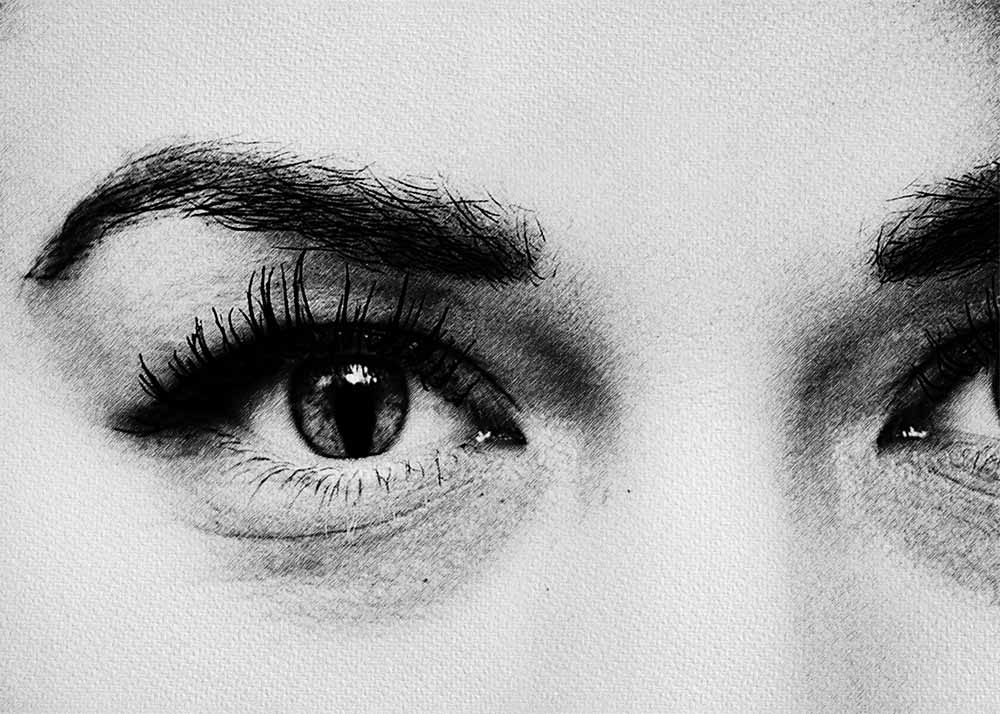
Innovative Treatment with the Retyne Infrared Eye Treatment Mask
The Retyne eye treatment mask offers a promising solution for managing coloboma symptoms. Harnessing a spectrum of frequencies meticulously selected for their efficacy in addressing this visual condition, Retyne's innovative approach integrates these frequencies into invisible infrared light output. This groundbreaking fusion of frequencies and light represents a pioneering technology developed by Retyne Labs.
Inspired by Dr. Rife's groundbreaking research on the healing properties of specific frequencies transmitted through light, Retyne's method builds upon this foundation, incorporating the latest advancements in invisible infrared technology. The result is the Retyne eye Treatment Mask—a cutting-edge convergence of scientific progress in visual care.
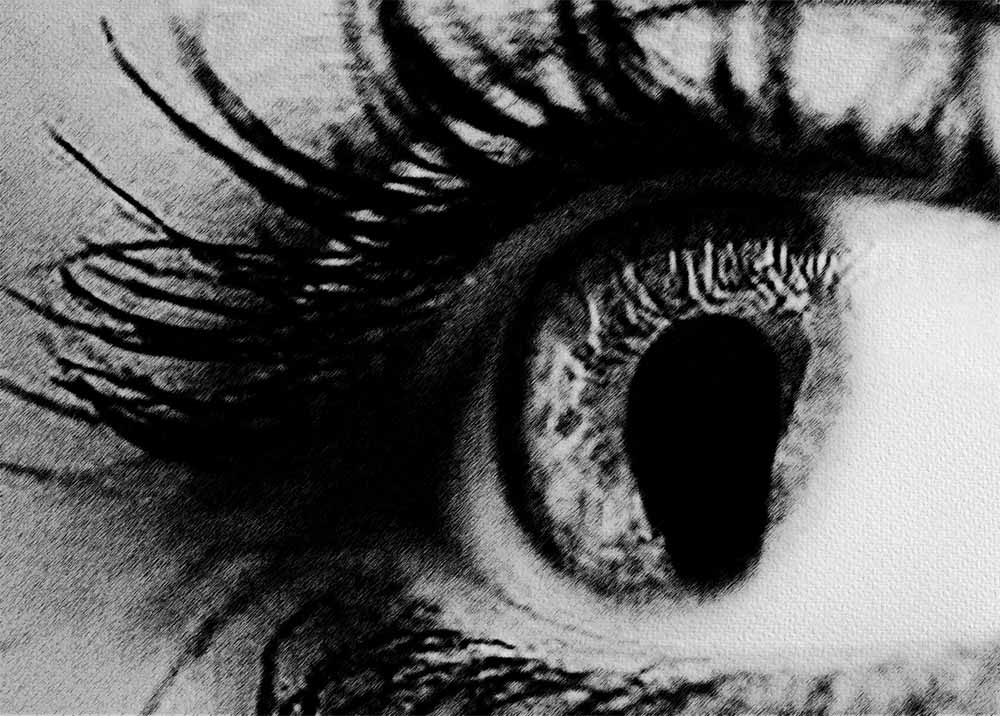
Coloboma presents unique challenges to individuals affected by this congenital eye condition. While treatment cannot fully restore missing eye tissue, interventions such as corrective aids, surgery, and assistive devices aim to optimize vision and enhance quality of life. With the introduction of the Retyne Infrared Eye Treatment Mask, there's newfound hope for managing coloboma symptoms effectively, offering a revolutionary approach that merges frequency therapy with advanced light technology to address the complexities of this condition.
The Retyne eye treatment mask harnesses a general selection of frequencies (0.97, 5.78, 7.5, 37.5, 125.19, 250, 325.65, 517.5, 683, 712.42), tailored to target the symptoms associated with Coloboma. These frequencies are carefully chosen for their documented effectiveness in managing this visual condition. Retyne's innovative approach involves the conversion of each frequency into invisible infrared light output, representing a groundbreaking fusion of frequencies with light—a pioneering technology pioneered by Retyne Labs. Inspired by the seminal work of Dr. Rife, who identified healing properties in specific frequencies and utilized light for their transmission, Retyne's method capitalizes on current research on invisible infrared technology while building upon past studies on light transmission through frequency sources. The culmination of these efforts is the Retyne eye Treatment Mask, a convergence of state-of-the-art advancements in the field of visual care.
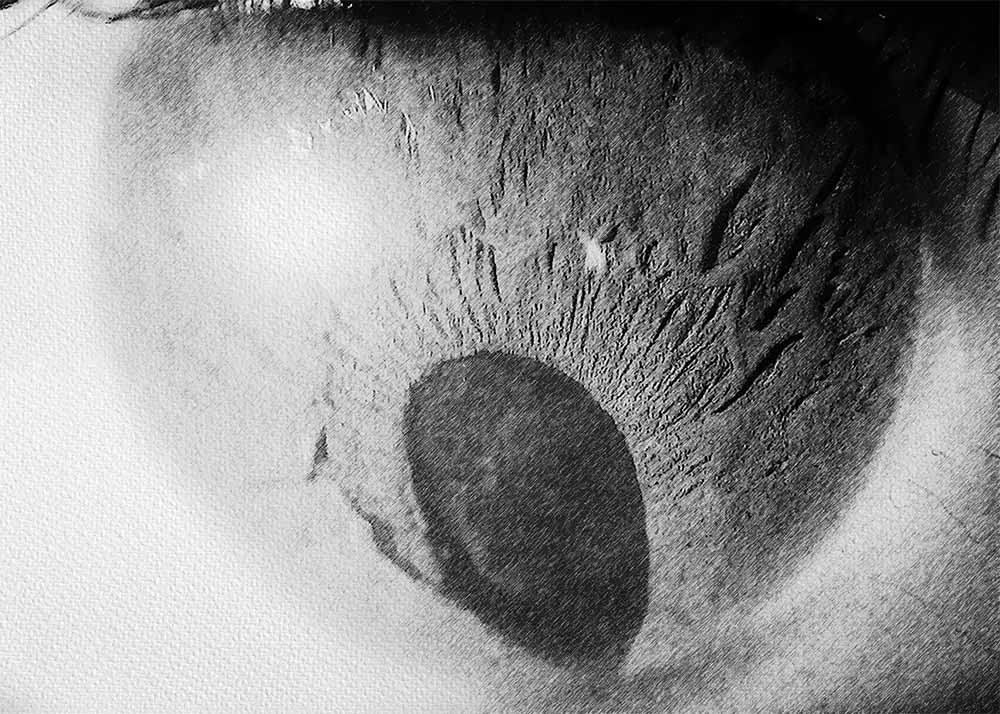
Coloboma general group exists at program 619 on the International ETDFL frequency list
Coloboma specific group exists at program 770: Coloboma: 0.13, 0.23, 0.62, 1, 7.5, 155.98, 396.5, 415.7, 575.27, 927
Furthermore, for individuals utilizing advanced hardware like the RDPV4, an additional set of specific frequencies for Coloboma (0.13, 0.23, 0.62, 1, 7.5, 155.98, 396.5, 415.7, 575.27, 927 ) is available at group 770. This enhanced hardware expands the frequency range, finely calibrated to offer even greater precision in addressing Coloboma. By incorporating this secondary set of frequencies, the RDPV4 augments the potential therapeutic benefits of the Retyne eye Treatment Mask, catering to individuals seeking advanced solutions for their visual health needs.
Compatibility
Standalone controller (Program #3) (Controller shipped with Retyne Eye Treatment Mask)
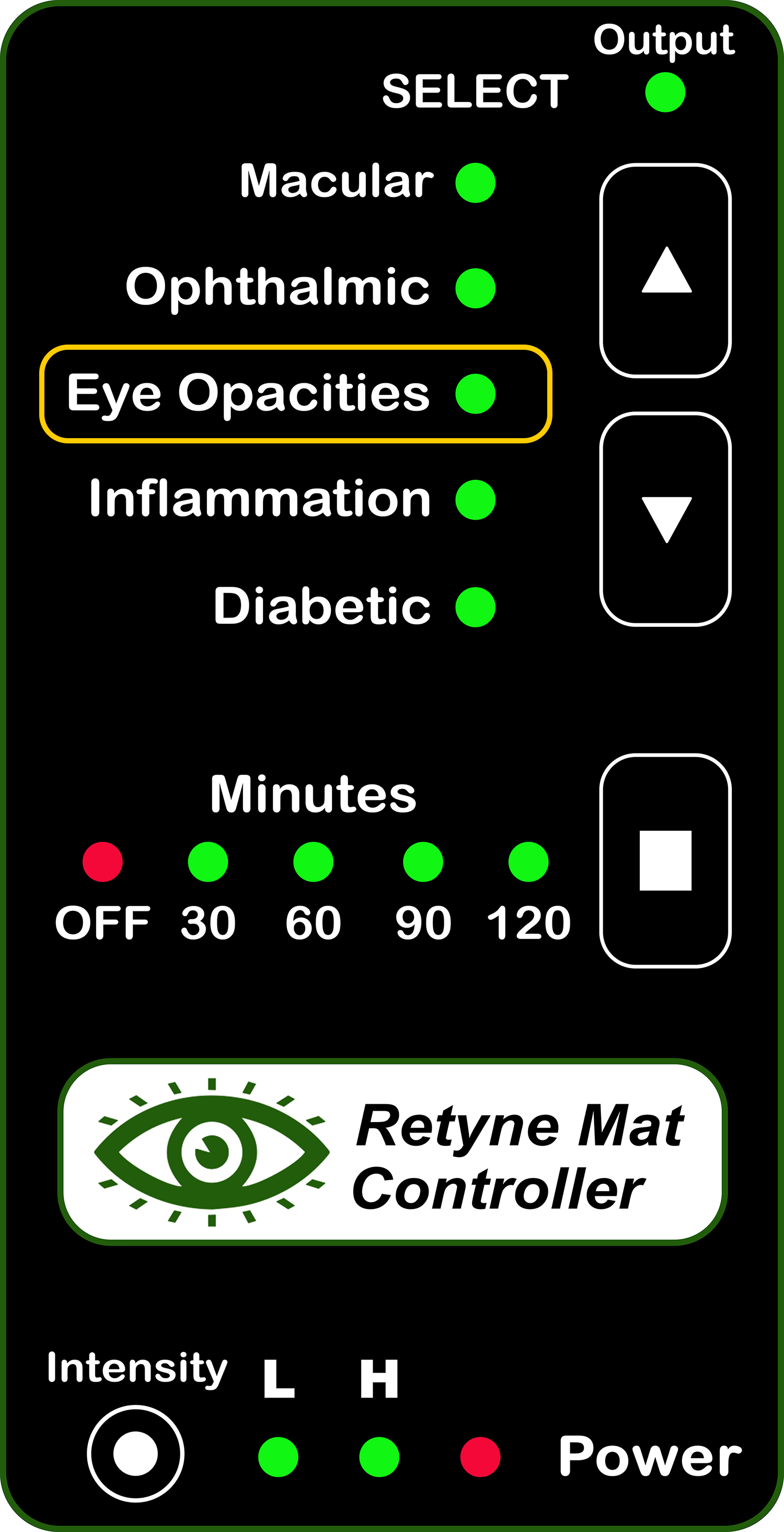
RDPV4 (Direct connect, use group 770)
RDPV4 Light Mask Program button 3
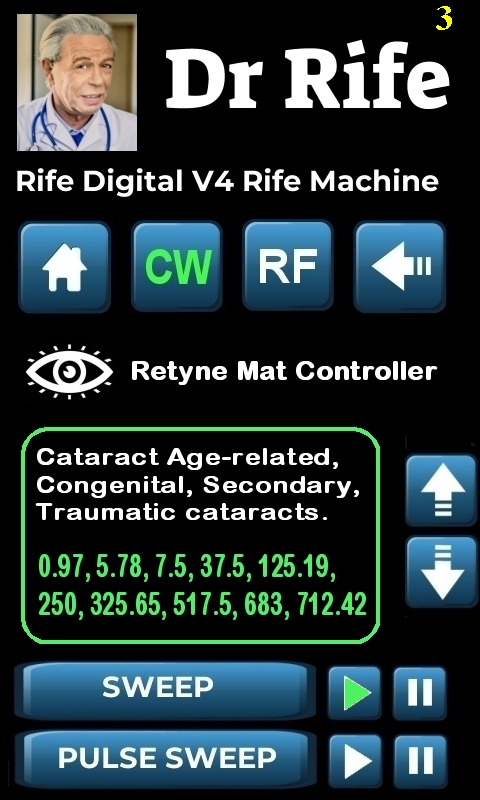
Click here for instructions on using the Retyne Mask + Controller
